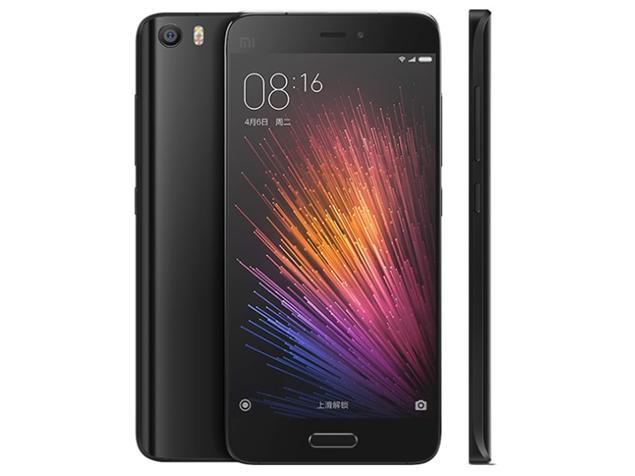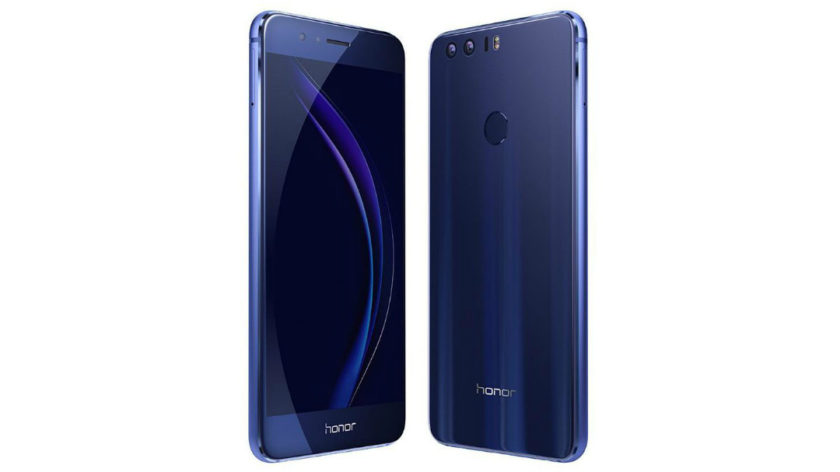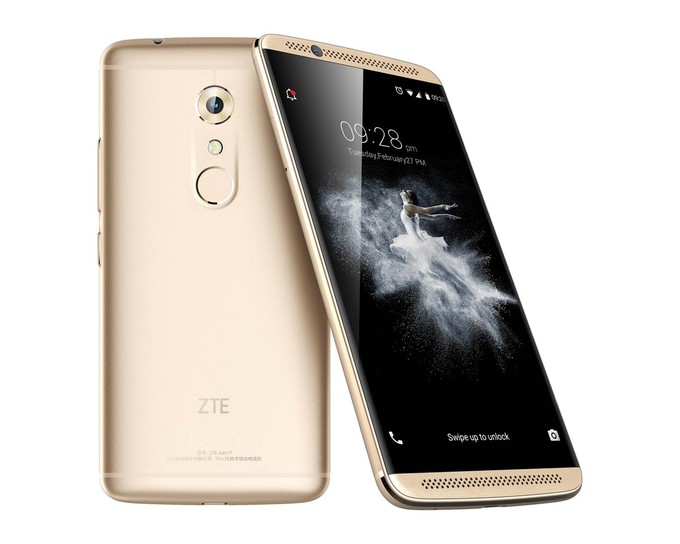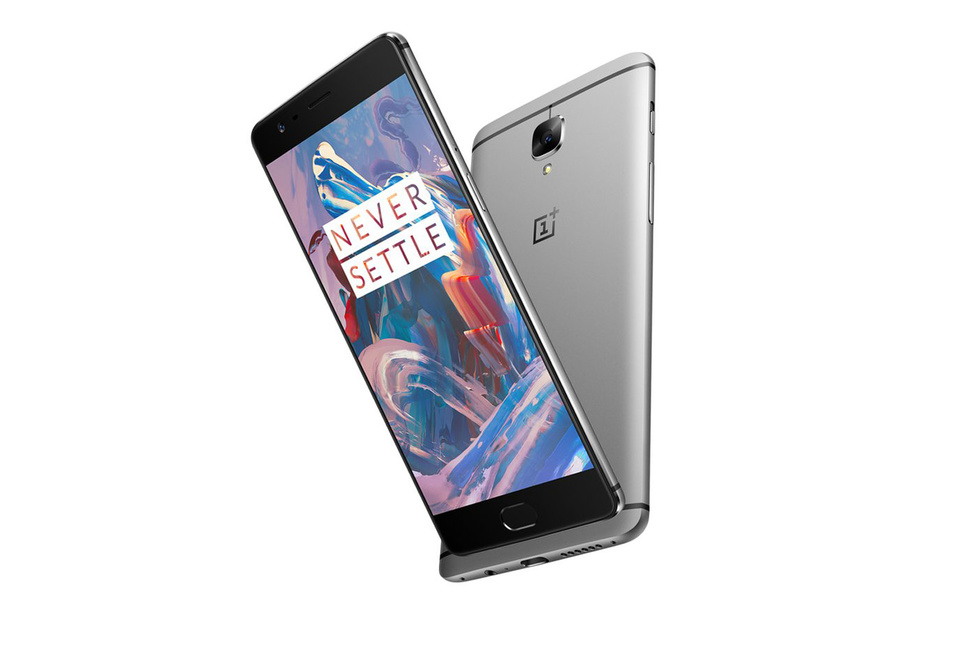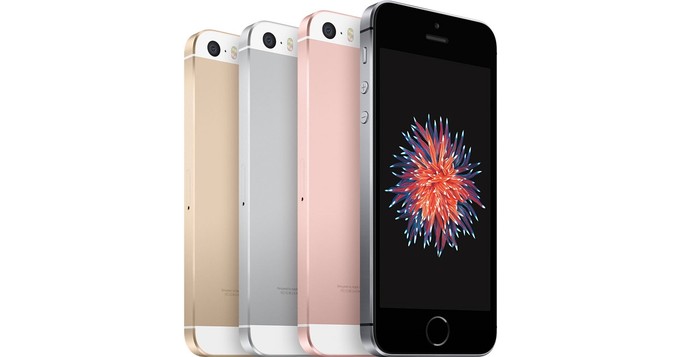Let’s face it. The iPhone 7 by Apple is without a doubt, one of 2016’s greatest phones. However, Apple’s flagship series as usual, comes with a pretty steep price point. Apart from Apple’s own base of diehard fans, we can agree that most of us aren’t too keen on investing that much of money on a smartphone that we will be abusing for a year or two at most. The fact of the matter is there is a sea of fairly impressive smartphones out there that bout you and I can get our hands on without having to break the bank or be bound by a carrier plan contract, so here are 5 affordable alternatives for you if you feel that the iPhone 7 is just a little too much for you to spend on.
Xiaomi Mi 5
Having become one of the familiar brands on Malaysian soil for its affordable line of devices, Xiaomi has its name pretty much established over the course of the last few years, beginning with the Mi 3 back in 2014. We have also seen a considerable amount of improvement and polish on the handsets that the Chinese company has made to this date. The Mi 5 is one of the notable handsets that has proven to the rest of the world that Chinese smartphones are worthy of competition as well.
The Mi 5 boasts specs which are very similar to what we see among the elite and more premium Android flagships of 2016. The phone sports a 5.15-inch screen at Full HD 1080p resolution. Its internals consist of the famous Snapdragon 820 processor, alongside 3GB of RAM and 32GB of onboard storage that is non-expandable. The Mi 5 features a rear camera of 16 megapixels with f/2.0 aperture, coupled with a 4MP selfie camera on the front, with larger 2-micron pixels and an aperture of f/2.0 as well. The home button on the front doubles as a fingerprint sensor, and it packs a 3,000mAh non-removable battery with Qualcomm’s Quick Charge 3.0 support. On the software side, the Mi 5 runs on Android Marshmallow with its on MIUI on top.
Overall, a smartphone which is capable of getting the job done and shouldn’t falter over time. The Xiaomi Mi 5, originally priced at RM1,549 has received a price cut last month to RM1,359 according to its Lazada page here, making it an even more value for money smartphone for what it offers.
Honor 8
Huawei’s sub brand Honor has always been known for offering the more affordable set of smartphones compared to Huawei itself. This year, the subsidiary has continued its run of not disappointing by refreshing its annual flagship handset. The Honor 8 is an attractively designed phone with an all glass design, giving it a really premium touch. On the front sits a 5.2-inch display with Full HD resolution. The handset is powered by Huawei’s own HiSilicon Kirin 950 processor, the same chipset seen underneath the hood of the Huawei Mate 8, and aside from that are 4GB of RAM with storage options of 32GB or 64GB. Storage is further expandable via the micro SD card slot up to another 256GB.
In the camera department, the Honor 8 features a dual rear camera configuration, something which isn’t alien to the company anymore. The setup consists of two 12 megapixel cameras, and the results are pretty promising and on par with mid rangers and flagships of this year, despite not having any Leica contribution or collaboration like that of the Huawei P9. On the front, the Honor 8 sports an 8MP selfie shooter with a 1.4um pixel size. The rear fingerprint sensor has been improved upon as well, now being able to unlock in 0.4 seconds. The battery capacity is a standard 3,000mAh, and the Honor 8 supports 9V/2A fast charging with the included proprietary charging adapter. The phone comes with Android Marshmallow out of the box, topped with Huawei’s EMUI 4.1.
Huawei and Honor have proven that homegrown SoC’s can be just as impressive as Qualcomm’s Snapdragon chips, and though the Honor 8 uses a 2015 flagship processor, it still packs the punch needed for daily tasks and even some software beating. The attractive Honor 8 begins with a price of RM1,699 and can be found on Huawei’s Vmall online store here.
ZTE Axon 7
ZTE is a relatively new player in the smartphone game, given the fact that it had just burst into the mainstream with its lineup of devices that shouldn’t be overlooked at any point. The Chinese manufacturer, like many others, has a flagship smartphone that is worthy of contention among the big boys up there, with an affordable price tag as well. The ZTE Axon 7 is the flagship in which the company has put in a ton of effort and attention to bring it up against the competition.
The Axon 7 is undoubtedly a beautifully designed smartphone. Although it comprises of the usual all metal build for its chassis, one of the first things you will notice is the dual front facing speakers that flank the display. Most of us do know that front facing speakers are more superior and provide a more immersive experience during media consumption, compared to bottom firing speakers. With that, the Axon 7 has Dolby Atmos technology built into it. On top of that, the Axon 7 happens to be the only QHD resolution display smartphone on this list, already giving it the edge over the rest in the same price range. Internally, the handset sports the standard flagship Snapdragon 820 processor with 4GB of RAM and 64GB of expandable storage.
The Axon 7 features a 20 megapixel rear facing camera with f/1.8 aperture, and a front facing shooter of 8 megapixels. Below the camera is a fingerprint reader which ZTE claims to unlock in a mere 0.25 seconds. Its battery also happens to be of the highest capacity in this list – 3,250mAh, plus the phone supports Qualcomm Quick Charge 3.0 via its USB Type-C port. The Axon 7 runs on Android Marshmallow with ZTE’s MiFavor UI, which can be seen as a drawback to same due to its lack of polish.
The ZTE Axon 7 is definitely a phone worth your money, coupled with the fact that you will get a 2K resolution display for under RM2,000. The flagship by ZTE will set you back RM 1,798 on the company’s page on Lazada.
OnePlus 3
OnePlus began operating by launching its first ever flagship smartphone, the OnePlus One which was dubbed as the “Flagship Killer”. Two years down the road, we have seen a good form of maturity and growth of the Chinese startup, and the result and product of that is the OnePlus 3. The OnePlus 3 is the company’s best phone by far, and OnePlus is wise to strip off the “Flagship Killer” title, also having done away with the controversial invite-only system to purchase the device.
The OnePlus 3 makes up for the hit or miss aspects of the OnePlus One and the OnePlus 2, finally making it worthy to be called a true flagship. The phone features a different design this time, with a much sleeker and slimmer sand blasted aluminum unibody. The company has also chose to go with an AMOLED display this time instead of an LCD panel, retaining the same 5.5-inch size and 1080p resolution. The phone is the sole device in this list to sport a staggering 6GB of RAM, which assists the Snapdragon 820 chip. On top of that is 64GB of internal storage which is non-expandable.
The OnePlus 3’s camera setup consists of a 16MP/8MP pair of rear and front facing shooters respectively. It features a fingerprint sensor on the front below the display, which acts as a home button as well. OnePlus has boasted that the fingerprint sensor unlocks in only 0.2 seconds, even from a sleeping screen. Powering the whole processing package is a 3,000mAh battery, and the OnePlus 3 supports the company’s own Dash Charge technology, which is only possible by using its own proprietary charger and USB Type-C Cable. The handset has also seen the return of NFC, which was absent in its predecessor. Software is one of the OnePlus 3’s strong suits, and it will appeal to those who prefer vanilla Android. Oxygen OS, currently based on Android Marshmallow is probably the closest you can ever get to stock Android, with a couple of customization features slapped on top.
The OnePlus 3’s original pricing is at RM1,888, but we have found prices as low as RM1,599 on Lazada, possibly an import set, so be sure to double check on authenticity.
iPhone SE
Of course, this list wouldn’t be complete without one of Apple’s own iPhones. The iPhone SE appears to have barely made the cut under the RM2,000 range. If you aren’t willing to go Android, then the iPhone SE is your best bet if you do not want to break the bank.
The iPhone SE brings back the memories of the previous iPhones before Apple went bigger with the iPhone 6 two years back. The phone sports a measly 4-inch screen with Apple’s Retina Display, giving it a 1366 x 640 resolution. Underneath the hood, the handset a 64 bit A9 chip which is slightly aged but still impressive in its own stride nonetheless. Alongside Apple’s own processor is 2GB of RAM and storage options of 16GB and 64GB. The internal storage is indeed non-expandable like the rest of Apple’s iPhones.
The rear camera is a 12 megapixel sensor with an aperture of f/2.2, equipped with True Tone Flash. The front facing camera, which Apple calls the FaceTime camera is slightly less impressive compared to Apple’s flagship iPhones at 1.2 megapixels. The iPhone’s fingerprint sensor of the front is of yester-year’s Touch ID, but still gets the job done, and not forgetting the fact that the SE has a conventional 3.5mm headphone jack. Software distincts the iPhone SE from the rest of the smartphones on this list, running on Apple’s own iOS 10. Apple has entire control over its hardware and software, hence a better optimization between both compared to the Android ecosystem. If you are a current iPhone user, or prefer a safe and simple operating system, then the iPhone SE might just be the phone for you under RM2,000. Speaking of which, the 16GB storage model of the iPhone SE carries a RM1,949 price tag, but if you do wish to opt for the 64GB model, that will cost a little more than the RM2,000 pricing roof.
So there you have it. 5 affordable alternatives if you’re not willing, or just can’t seem to afford the recently launched iPhone 7. Note that this list is equally helpful for those who do not wish to purchase a smartphone with a carrier plan. What do you think of these 5 devices? Any other smartphones that you think we’ve missed out on? Let us know your thoughts at the comments section below!


